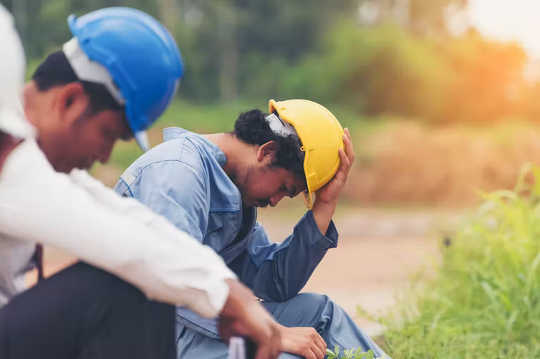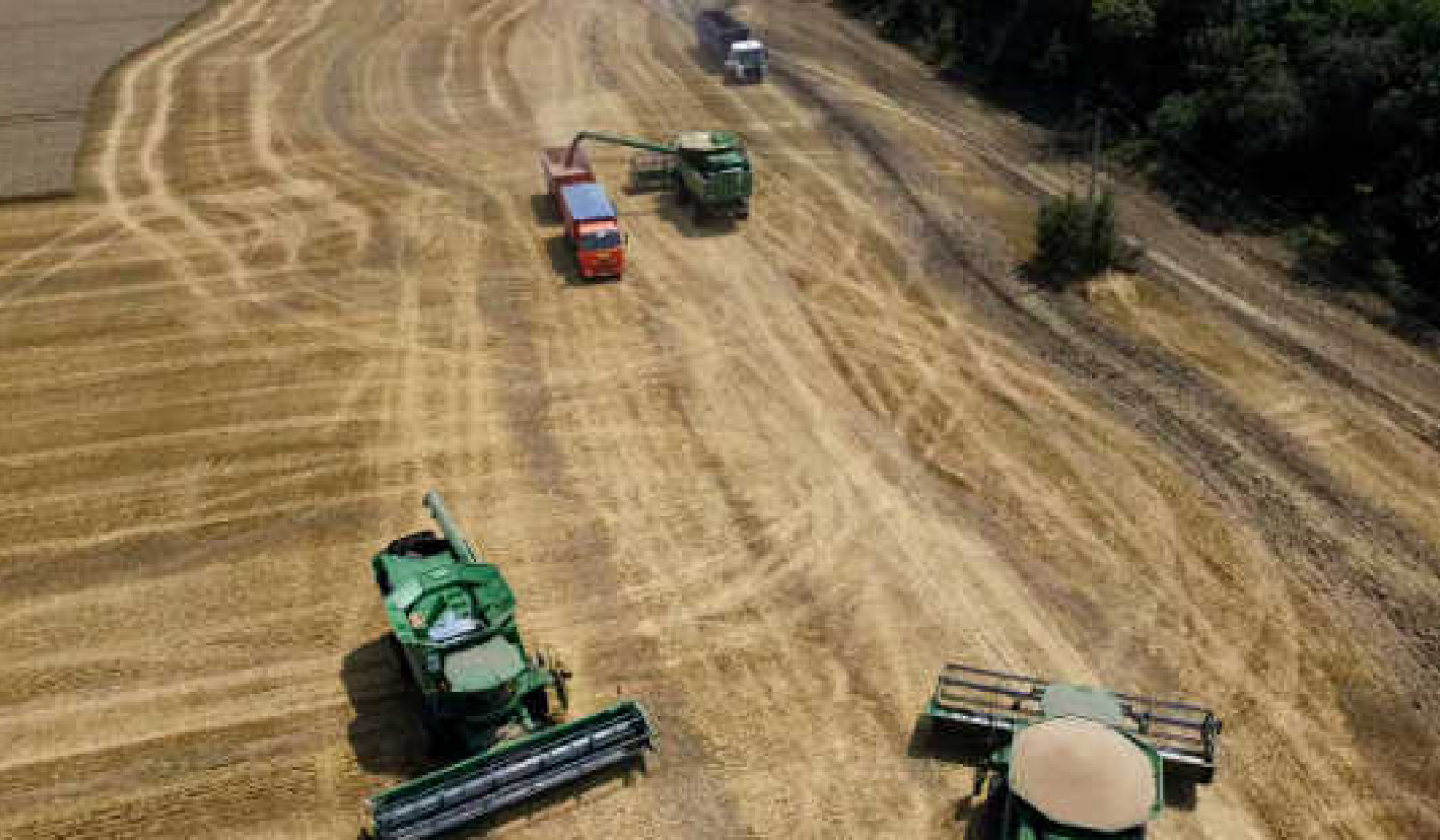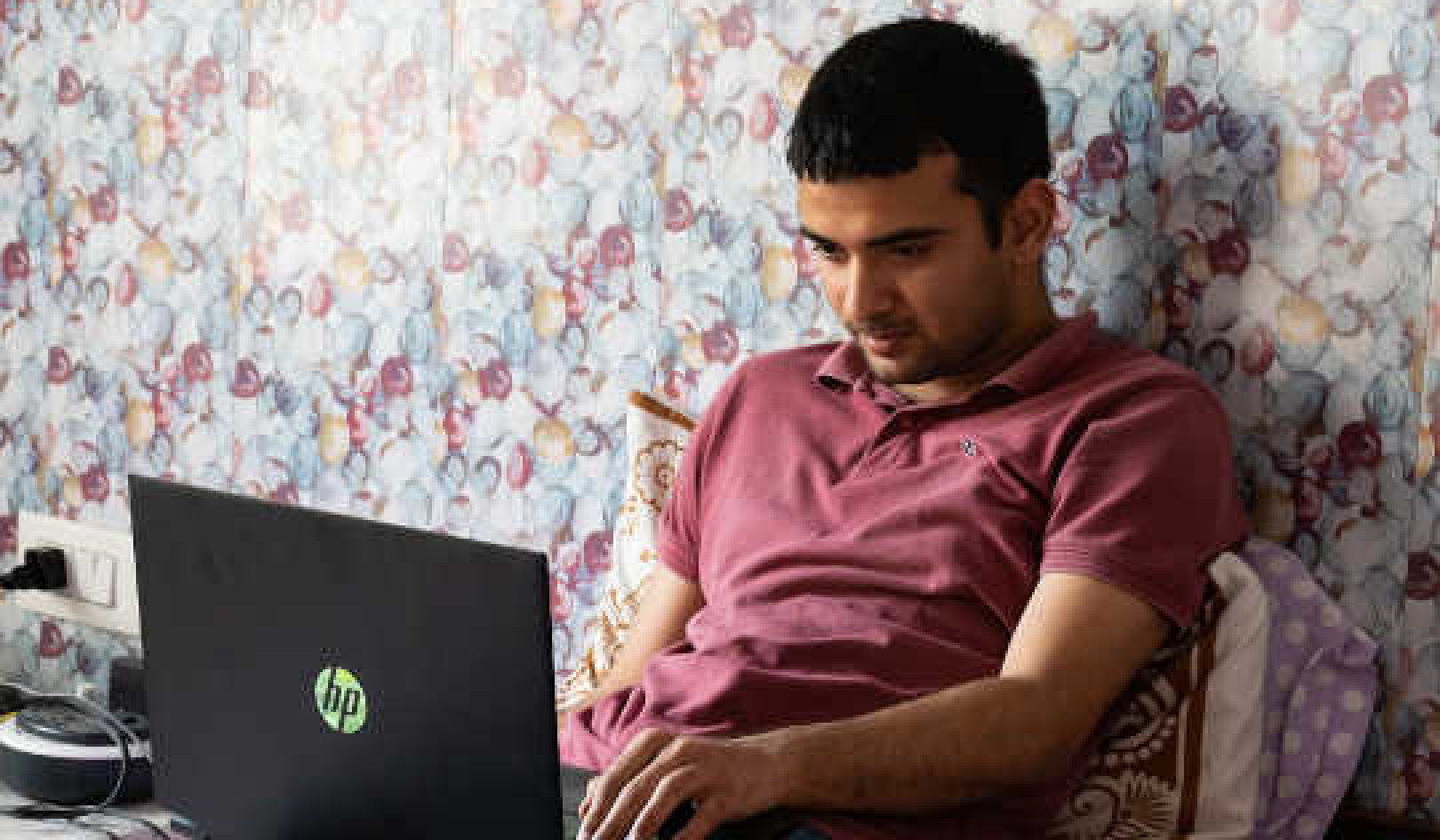Disadvantaged communities not only suffer disproportionately from COVID, they are even more likely to be impacted by the cascading effects of long COVID.
With a new federal government, now is the time to engage in transformative planning to address a range of societal issues, including the impact of the pandemic on the most disadvantaged Australians.
We outline three policy areas to address the impact of long COVID on disadvantaged communities.
Disadvantaged communities already at risk
The greater impact of pandemics on disadvantaged communities was recognised before COVID.
Along with medical risks such as obesity, these communities already contended with social risks such as poverty, unhealthy environments and disability.
The interaction between these risks produces sustained and multiplied disadvantage, compounding existing barriers to health care and other supports.
Then came COVID
While the pandemic has taken a toll on everyone, there is growing international evidence of greater effects on disadvantaged communities.
Communities with greater insecure employment, housing density and linguistic diversity recorded a higher incidence of COVID infections.
Risk factors for poorer clinical outcomes from COVID – such as hypertension (high blood pressure), diabetes and respiratory disorders – are also more common in disadvantaged communities.
While many developed countries achieved good vaccine uptake, studies report greater vaccine inequity and hesitancy in these communities. Not everyone can work from home. Shutterstock
Not everyone can work from home. Shutterstock
Low-paid, precarious, essential and manual workers also struggled to adhere to stay-at-home orders and social distancing in the face of food and financial insecurity.
All these factors – some in place before COVID, some new – contribute to a higher risk of COVID for disadvantaged communities. That’s even before we start considering the impact of long COVID.
How about long COVID?
Most people with COVID make a full recovery. But for some, symptoms linger. The World Health Organization defines long COVID as new, persistent or fluctuating symptoms present three months after COVID infection, lasting at least two months, and not attributable to other diagnoses.
Globally, 43% of people with COVID have ongoing symptoms affecting daily life six months after infection. Fatigue and memory problems are the most commonly reported of the diverse symptoms linked to long COVID. However, an Australian study of long COVID estimated 5% of people have symptoms after three months.
So we need to learn more why these percentages differ.
Long COVID hits disadvantaged communities harder
In addition to the higher risk of exposure to COVID in the first place, disadvantaged communities lack accessible services and resources to support full recovery.
You can see how issues such as the rising cost of living and the lack of sick pay for casual workers can have a disproportionate impact on disadvantaged people who need to return to work before they are fully recovered. Not everyone can afford to take time off with lingering COVID symptoms. Shutterstock
Not everyone can afford to take time off with lingering COVID symptoms. Shutterstock
In disadvantaged communities, there are also more barriers to accessing health care, excluding people already experiencing disadvantage.
For example, we know asylum seekers and undocumented migrants have experienced worse mental health, social isolation and access to health care than other groups during the pandemic.
While telehealth has opened up access for some, it increases barriers for others.
Geographical location is also a barrier for many Australians with long COVID, with most specialist clinics in metropolitan health services.
A growing problem
The human and financial costs associated with the complex disadvantage resulting from COVID (and long COVID) are vast.
One analysis estimated there would be up to 60,000–133,000 long COVID cases as Australia eased restrictions.
Analyses by the Bank of England and the United States Brookings Institute flag long COVID as a significant factor in future labour shortages.
However, we have few mechanisms to measure and track any impacts. Even putting an accurate figure on the number of COVID cases is difficult due to the greater reliance on rapid antigen tests, rather than PCR tests.
What needs to happen next?
The relationship between long COVID and disadvantage is a collision between two highly complex issues. With new variants and reinfections, long COVID will be with us for years, further increasing an already complex (or “wicked”) problem.
However, we are yet to see leadership from local, state and territory, and federal governments on this issue.
Disadvantaged communities (particularly those most affected) are yet to be mobilised, to identify and tackle the local problems most affecting their recovery from COVID. Policies to tackle the disproportionate impact on them are yet to be developed.
These three actions would make a meaningful impact on health equity for everyone with long COVID.
1. Measure and track the issue
We urgently need high-quality data on long COVID to understand the trajectory and duration of recovery, and its interdependence with social determinants of health, for example, living in rural/remote Australia or being unemployed.
Investment in nationwide standardised data collection would enable targeted support for the communities that need it most.
2. Acknowledge diversity and intersectionality
A reductionist approach to long COVID or disadvantage that targets single aspects of someone’s identity will not work.
That’s because long COVID symptoms can be multiple and diverse, affecting all body systems. People may also experience multiple layers of disadvantage. So an “intersectional” approach acknowledges how various factors – such as health, poverty, gender or visa status – interplay.
3. Work with disadvantaged communities
Disadvantaged communities are the ones most affected by long COVID. So any policy needs to be developed with their meaningful involvement.
People know what tangible outcomes would work best (or fail) in their community. So it’s crucial to have this input if we are to make real improvements.
About The Author
![]() Danielle Hitch, Senior Lecturer in Occupational Therapy, Deakin University; Aryati Yashadhana, Research Fellow, Centre for Primary Health Care and Equity, and Visiting Fellow, School of Social Sciences, UNSW Sydney, and Evelyne de Leeuw, Professor, UNSW Sydney
Danielle Hitch, Senior Lecturer in Occupational Therapy, Deakin University; Aryati Yashadhana, Research Fellow, Centre for Primary Health Care and Equity, and Visiting Fellow, School of Social Sciences, UNSW Sydney, and Evelyne de Leeuw, Professor, UNSW Sydney
This article is republished from The Conversation under a Creative Commons license. Read the original article.
Recommended books:
Capital in the Twenty-First Century
by Thomas Piketty. (Translated by Arthur Goldhammer)
 In Capital in the Twenty-First Century, Thomas Piketty analyzes a unique collection of data from twenty countries, ranging as far back as the eighteenth century, to uncover key economic and social patterns. But economic trends are not acts of God. Political action has curbed dangerous inequalities in the past, says Thomas Piketty, and may do so again. A work of extraordinary ambition, originality, and rigor, Capital in the Twenty-First Century reorients our understanding of economic history and confronts us with sobering lessons for today. His findings will transform debate and set the agenda for the next generation of thought about wealth and inequality.
In Capital in the Twenty-First Century, Thomas Piketty analyzes a unique collection of data from twenty countries, ranging as far back as the eighteenth century, to uncover key economic and social patterns. But economic trends are not acts of God. Political action has curbed dangerous inequalities in the past, says Thomas Piketty, and may do so again. A work of extraordinary ambition, originality, and rigor, Capital in the Twenty-First Century reorients our understanding of economic history and confronts us with sobering lessons for today. His findings will transform debate and set the agenda for the next generation of thought about wealth and inequality.
Click here for more info and/or to order this book on Amazon.
Nature's Fortune: How Business and Society Thrive by Investing in Nature
by Mark R. Tercek and Jonathan S. Adams.
 What is nature worth? The answer to this question—which traditionally has been framed in environmental terms—is revolutionizing the way we do business. In Nature’s Fortune, Mark Tercek, CEO of The Nature Conservancy and former investment banker, and science writer Jonathan Adams argue that nature is not only the foundation of human well-being, but also the smartest commercial investment any business or government can make. The forests, floodplains, and oyster reefs often seen simply as raw materials or as obstacles to be cleared in the name of progress are, in fact as important to our future prosperity as technology or law or business innovation. Nature’s Fortune offers an essential guide to the world’s economic—and environmental—well-being.
What is nature worth? The answer to this question—which traditionally has been framed in environmental terms—is revolutionizing the way we do business. In Nature’s Fortune, Mark Tercek, CEO of The Nature Conservancy and former investment banker, and science writer Jonathan Adams argue that nature is not only the foundation of human well-being, but also the smartest commercial investment any business or government can make. The forests, floodplains, and oyster reefs often seen simply as raw materials or as obstacles to be cleared in the name of progress are, in fact as important to our future prosperity as technology or law or business innovation. Nature’s Fortune offers an essential guide to the world’s economic—and environmental—well-being.
Click here for more info and/or to order this book on Amazon.
Beyond Outrage: What has gone wrong with our economy and our democracy, and how to fix it -- by Robert B. Reich
 In this timely book, Robert B. Reich argues that nothing good happens in Washington unless citizens are energized and organized to make sure Washington acts in the public good. The first step is to see the big picture. Beyond Outrage connects the dots, showing why the increasing share of income and wealth going to the top has hobbled jobs and growth for everyone else, undermining our democracy; caused Americans to become increasingly cynical about public life; and turned many Americans against one another. He also explains why the proposals of the “regressive right” are dead wrong and provides a clear roadmap of what must be done instead. Here’s a plan for action for everyone who cares about the future of America.
In this timely book, Robert B. Reich argues that nothing good happens in Washington unless citizens are energized and organized to make sure Washington acts in the public good. The first step is to see the big picture. Beyond Outrage connects the dots, showing why the increasing share of income and wealth going to the top has hobbled jobs and growth for everyone else, undermining our democracy; caused Americans to become increasingly cynical about public life; and turned many Americans against one another. He also explains why the proposals of the “regressive right” are dead wrong and provides a clear roadmap of what must be done instead. Here’s a plan for action for everyone who cares about the future of America.
Click here for more info or to order this book on Amazon.
This Changes Everything: Occupy Wall Street and the 99% Movement
by Sarah van Gelder and staff of YES! Magazine.
 This Changes Everything shows how the Occupy movement is shifting the way people view themselves and the world, the kind of society they believe is possible, and their own involvement in creating a society that works for the 99% rather than just the 1%. Attempts to pigeonhole this decentralized, fast-evolving movement have led to confusion and misperception. In this volume, the editors of YES! Magazine bring together voices from inside and outside the protests to convey the issues, possibilities, and personalities associated with the Occupy Wall Street movement. This book features contributions from Naomi Klein, David Korten, Rebecca Solnit, Ralph Nader, and others, as well as Occupy activists who were there from the beginning.
This Changes Everything shows how the Occupy movement is shifting the way people view themselves and the world, the kind of society they believe is possible, and their own involvement in creating a society that works for the 99% rather than just the 1%. Attempts to pigeonhole this decentralized, fast-evolving movement have led to confusion and misperception. In this volume, the editors of YES! Magazine bring together voices from inside and outside the protests to convey the issues, possibilities, and personalities associated with the Occupy Wall Street movement. This book features contributions from Naomi Klein, David Korten, Rebecca Solnit, Ralph Nader, and others, as well as Occupy activists who were there from the beginning.
Click here for more info and/or to order this book on Amazon.


























